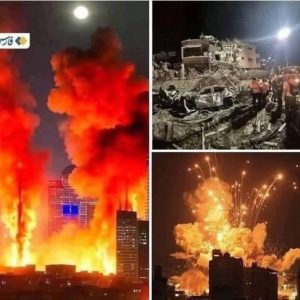Charlie Kirk, founder of Turning Point USA, was fatally shot in the neck during a speaking event at Utah Valley University on September 10. While the bullet did not exit his body, the incident left him mortally wounded. The way the bullet remained lodged, rather than passing through, has been described by medical sources and his organization as extraordinarily unusual.
A spokesperson for Turning Point USA shared that the attending surgeon believed a high-powered round “absolutely should have gone through,” making the fact that it didn’t seem almost miraculous. The surgeon reportedly remarked that Kirk’s bone density was unusually high, comparing it metaphorically to steel. Those behind Kirk at the moment of the shot may have been spared harm by the unusual trajectory.
Kirk’s widow, Erika, has spoken about the aftermath. She was reportedly advised not to see his body due to the extent of damage. Public statements also mention that the weapon used was a vintage German-made rifle. Authorities arrested 22‑year-old Tyler Robinson and charged him with aggravated murder—prosecutors are considering whether to seek the death penalty.
The shooting has triggered widespread reaction across political lines. A memorial event in Glendale, Arizona drew hundreds of thousands of attendees, including prominent conservative figures. President Donald Trump, Vice President JD Vance, and others attended and paid tribute to Kirk, framing him as a symbol of perseverance and influence for conservative youth.
Federal investigators, including the FBI, are continuing to examine all angles of the attack. Officials have indicated efforts to explore possible accomplices, weapon transit, communications, ballistics, and location, among other leads. The intensity of the investigation underscores the national attention drawn by the killing.
The narrative around Kirk’s final moments has been shaped by his organization and supporters as portraying him as someone who, even in death, protected others. While the full details and motivations remain under investigation, the event has renewed public focus on political violence, security at public events, and how public figures and organizations respond when tragedy strikes.



